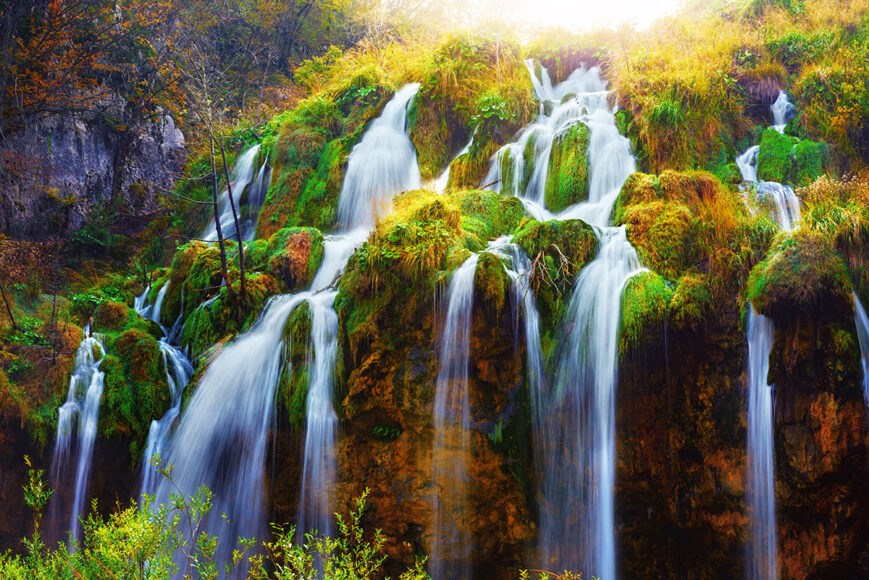Rise by Six: Your Daily Dose of Inspiration
Explore insights and stories that elevate your day.
Chasing Shadows and Light: A Journey Through Landscape Photography
Discover the art of capturing stunning landscapes as we chase shadows and light on an inspiring photographic journey.
Capturing the Perfect Light: Techniques for Stunning Landscape Photography
Capturing the perfect light is essential for stunning landscape photography. The *golden hour*, which occurs shortly after sunrise and before sunset, bathes the landscape in warm, soft light. This time of day is ideal for showcasing the vibrant colors and intricate details of natural scenery. To enhance your images further, consider using a tripod for stability and experimenting with different compositions. Natural light can create dramatic effects, so be sure to explore various angles and perspectives to find the most captivating shot.
In addition to timing, understanding weather conditions can significantly impact your landscape photography results. Overcast days can provide a unique opportunity to capture soft, diffused light, minimizing harsh shadows and lending a tranquil mood to your photos. As you venture outdoors, always be prepared to adjust your settings—using a polarizing filter can help reduce glare and increase color saturation, ensuring that your landscapes are not only beautiful but also vibrant. Remember, the key to *stunning landscape photography* lies in your ability to *adapt* to the ever-changing light conditions.

The Art of Composition: How to Frame Your Landscape Shots
Understanding the art of composition is vital for capturing breathtaking landscape shots. A well-composed image draws the viewer's eye and conveys the essence of the scene. Begin by applying the rule of thirds: imagine dividing your frame into a 3x3 grid and position key elements along these lines or at their intersections. This technique adds balance and interest, guiding the viewer’s gaze through the landscape. Additionally, consider leading lines, which help create a pathway for the eye to follow, drawing attention to the main subject of your photograph.
Another essential aspect of framing your landscape shots is understanding the importance of foreground, midground, and background. Incorporating elements in each of these layers can add depth and dimension to your images. For example, use rocks or flowers in the foreground to create a sense of scale and context. Call to attention the mood of the scene by utilizing natural light; the golden hours of sunrise and sunset offer stunning color palettes that can enhance your composition. Remember, practice is key, so experiment with different angles and perspectives to develop your unique style!
Chasing Shadows: Understanding Natural Light in Landscape Photography
Natural light plays a crucial role in landscape photography, dramatically influencing the mood and atmosphere of your images. Understanding how to harness this light is key to creating stunning photographs that resonate with viewers. The golden hours—shortly after sunrise and before sunset—offer soft, warm tones that enhance the beauty of landscapes. During these times, shadows elongate, adding depth and dimension to your images. Conversely, harsh midday sun can create unwanted shadows and highlights, obscuring details in your scene. Learning to work with these varying conditions can elevate your photography to new heights.
In addition to timing, the direction of natural light is essential for landscape photography. When shooting, consider the position of the sun relative to your subject. Side lighting can accentuate textures, while backlighting can create stunning silhouettes. Observing the interplay between light and shadow helps you capture the essence of the landscape. Don't forget to experiment with composition and framing to create dynamic images that play with both light and shadow. By mastering the natural light around you, you'll be better equipped to chase the shadows and bring your vision to life.